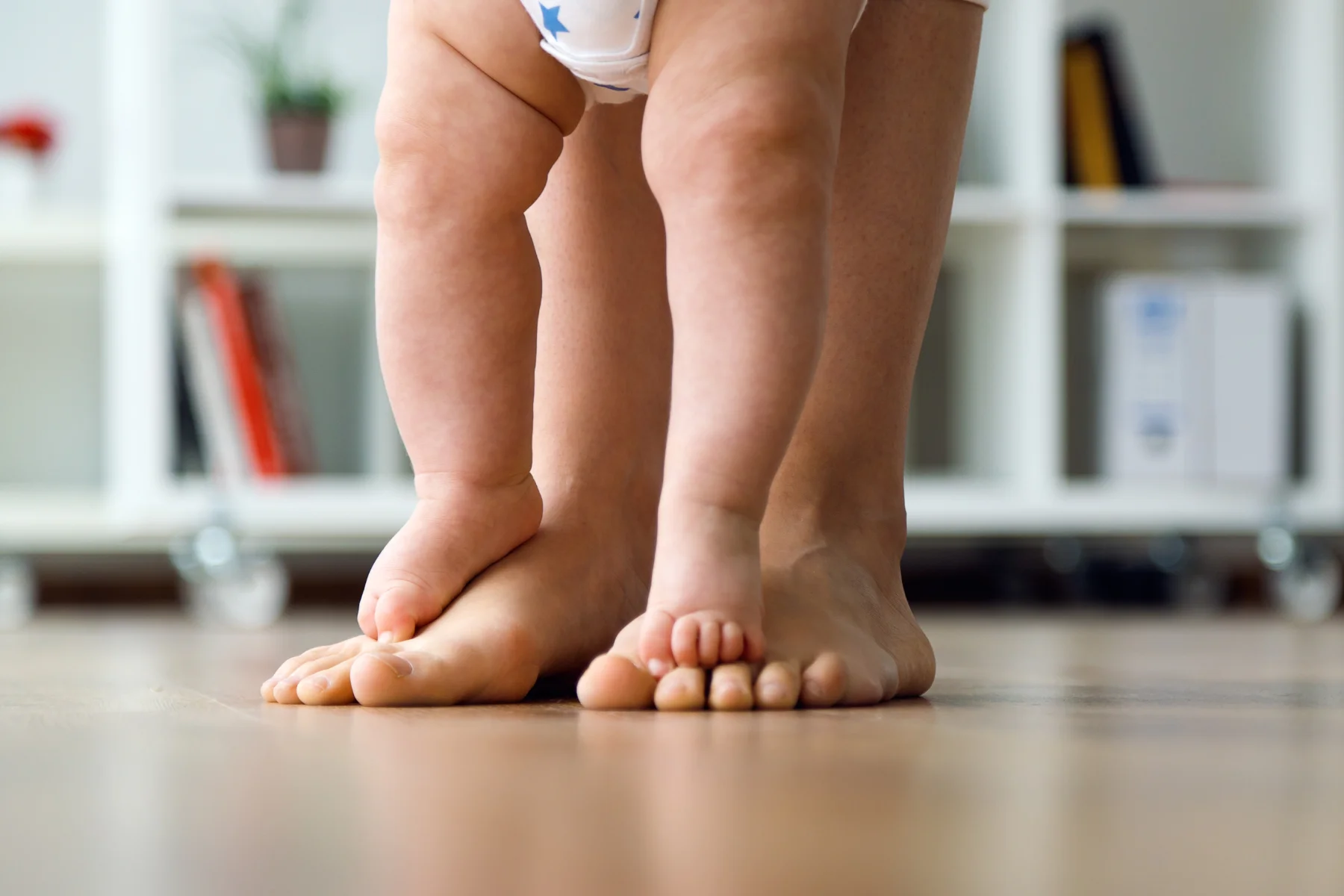Osgood-Schlatter Disease
- Home
- »
- Common Conditions
- »
- Knee Conditions
- »
- Osgood-Schlatter Disease
Osgood-Schlatter Disease (Children Knee pain)
Osgood Schlatters disease causes inflammation to either the bone, cartilage and/or the tendon at the top of the shin bone, which is where the tendons of the kneecap is attached. This is a common cause of knee pain in children usually between the ages of 10 to 15 years old or young athletes. It usually occurs due to a period of rapid growth, combined with high level of physical activity and is more an over use injury than a disease. Osgood-Schlatter Disease usually clears up when children stop growing and their tendons are stronger but in some cases it can persist into adulthood.
Symptoms
- Pain that gets worse with physical activity and relief from pain with rest.
- Tenderness or swelling under the knee or over the shinbone.
- Limping after physical activity.
- Tightness of the hamstring or quadriceps.

Treatment
Treatment of Osgood Schlatters disease is usually done conservatively. At Sydney Foot Clinic such treatments include;
- Rest – It is important to rest and only do as much physical activity without causing pain to the affected leg.
- Avoid weight bearing exercises ad jumping, squatting and running.
- Ice the affected knee particularly after exercising. Ice should be applied three times a day for up to 10-15 minutes.
- Non-steroidal anti-inflammatory medication (NSAIDs) – help reduce the pain and inflammation.
- Exercise program – stretching the quadriceps muscles gently will help with loosening the music tendons.
- Custom made orthotic therapy – address any biomechanical factors that that could be contributing to the disease
- Often the knee function is a result of the way the foot functions. A pronated foot (flat feet) caused the lower leg to rotate slightly inward. This causes the patellar tendon to pull in an abnormal direction where it attaches in the front of the knee. Orthotics can help reduce this irritation/damage and help to treat the problem.
It is important to talk to your podiatrist about managing the condition and the importance of not over training during the healing process.



